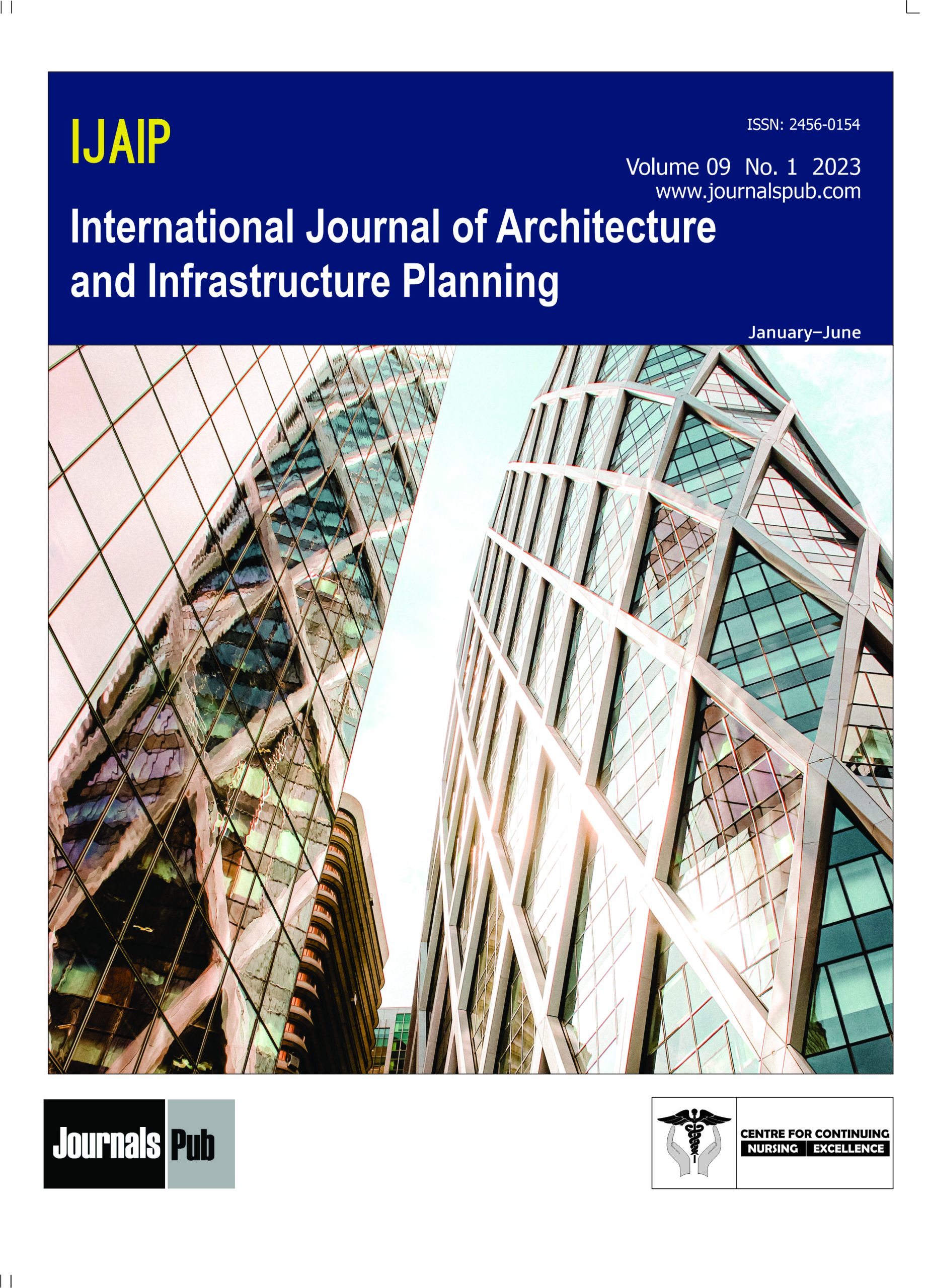Open Access

Sayan Munshi,

Subhrajit Banerjee,

Indrani Chakraborty,
- Student Department of Architecture and Planning, Dr. A.P.J. Abdul Kalam Technical University Uttar Pradesh India
- Associate Professor Department of Architecture and Planning, Dr. A.P.J. Abdul Kalam Technical University Uttar Pradesh India
Abstract
The Republic of Maldives, an archipelago of 26 atolls situated in the Indian Ocean, southwest of India is one of the paramount vacation destinations for the tourists. The vast panorama of esteem verdure and vast Indian oceans. Being a major sea destination attracts a large number of seafarings. The inception of tourism and locals in Maldives tend to generate a considerable amount of municipal solid waste, which in due period became one of the major concerns of the Central Government of Maldives. This paper deals with the study of the solid waste generation, transfer and end disposal characteristics and the involvement of various stakeholders in the process of decentralizing the waste management process and imposing various techniques and initiatives in waste generation and implementation of the 3R of Waste management. In the due process of Waste management, the role of Thilafushi, an inhabitant island has played a considerable role in the processing and the reclamation of the Lagoon of Thilafushi into a landfill has become a major issue for the fragile ecosystem and thus the term “Toxic Bomb” was associated with the island’s name. The involvement of stakeholders such as the World Bank and the Asian Development Bank has considerably put serious effort with the active support of the Government and the people are covered in the paper.
Keywords: Solid Waste Management, Maldives, Thilafushi, Island waste management, Toixc Bomb.
References
1. Dong R, Chen X, Ding Z, et al. Study on the Solid Waste Properties and Disposal Methods of Island at Home and Abroad. IOP Conference Series: Earth and Environmental Science. 2019; 252: 042028. doi:10.1088/1755-1315/252/4/042028
2. Techera E, Cannell-Lunn M. A review of environmental law in Maldives with respect to conservation, biodiversity, fisheries and tourism. Asia Pacific Journal of Environmental Law. 2019; 22 (2): 228–256. doi:10.4337/apjel.2019.02.03
3. IATA Cabin Waste Handbook.; 2019. https://www.iata.org/contentassets/821b593dd 8cd4f4aa33b63ab9e35368b/iata-cabin-waste-handbook—final-resized.pdf
4. Study on the Decentralization Process in the Maldives with Reference to the Impact on Services to Children. (May 2013) https://www.unicef.org/maldives/media/256/file/Study%20on%20the%20Decentralization%20Process%20in%20the%20Maldives.pdf
5. Regional Waste Management Strategy and Action Plan for Zone 6 in Maldives | International Environmental Technology Centre. Unep.org. Published 2022. https://www.unep.org/ietc/resources/policy-and-strategy/regional-waste-management-strategy-and-action-plan-zone-6-maldives
6. National Bureau of Statistics (Maldives) | GHDx. Healthdata.org. Published 2019. https://ghdx.healthdata.org/organizations/national-bureau-statistics-maldives
7. Environmental and Social Management Framework for India COVID-19 Emergency Response and Health Systems Preparedness Project Ministry of Health and Family Welfare Government of India.; 2020. https://www.mohfw.gov.in/pdf/EnvironmentalandSocialManagementFrameworkforindiaCOVID19EmergencyResponseandHealthSystemsPreparednessProjectP173836.pdf
8. A Practical Guide to Landfill Management in Pacific Island Countries and Territories-How to Improve Your Waste Disposal Facility and Its Operation in an Economical and Effective Way-Volume-1: Inland-Based Waste Disposal (2 Nd Edition). https://www.sprep.org/attachments/WMPC/chapter1.pdf
9. Bank., M. o. (2020). MLD: Greater Malé Waste-to-Energy Project. Environmental Impact Assessment (Report)
10. Population, total-Maldives | Data. Worldbank.org. Published 2019. https://data.worldbank.org/indicator/SP.POP.TOTL?locations=MV
11. GRACI LR. Solid Waste Management in Small Island Destinations: A Case Study of Gili Trawangan, Indonesia. Téoros Revue de recherche en tourisme. 2012; (31, 3 (HS)). doi:http://journals.openedition.org/teoros/1974
12. Maldives: Greater Malé Waste-to-Energy Project-Projects-AIIB. Aiib.org. Published 2020. https://www.aiib.org/en/projects/details/2020/approved/Maldives-Greater-Male-Waste-to-Energy-
Project.html
13. STATE of the ENVIRONMENT 2016 Republic of Maldives Ministry of Environment and Energy. http://www.environment.gov.mv/v2/wp-content/files/publications/20170202-pub-soe-2016.pdf
14. Wang KCM, Lee KE, Mokhtar M. Solid Waste Management in Small Tourism Islands: An Evolutionary Governance Approach. Sustainability. 2021; 13 (11): 5896. doi:10.3390/su13115896
15. Jay S, Jones C, Slinn P, Wood C. Environmental impact assessment: Retrospect and prospect.Environmental Impact Assessment Review. 2007; 27 (4): 287–300. doi:10.1016/j.eiar.2006.12.001
| Volume | |
| Received | June 10, 2022 |
| Accepted | July 11, 2022 |
| Published | January 7, 2023 |


